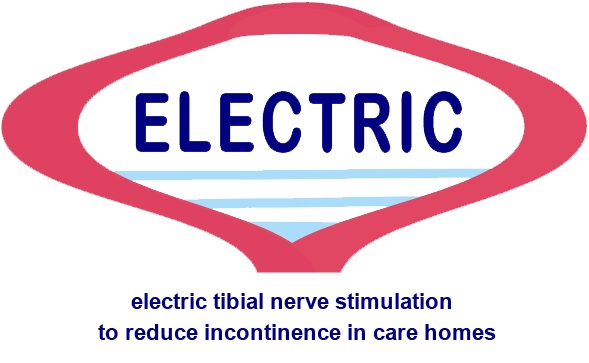
Bladder problems, including urinary incontinence, are common in older people who live in a care home. There are few options to treat the causes of urinary incontinence and so most older people who have urinary incontinence wear absorbent pads to catch the leakage. Transcutaneous posterior tibial nerve stimulation, also called TPTNS, has been shown to reduce urinary incontinence in community-living older women and adults with neurogenic bladder dysfunction (including multiple sclerosis, Parkinson’s and stroke).
The ELECTRIC trial, which is funded by NIHR HTA Programme, investigated the clinical effectiveness of a programme of transcutaneous posterior tibial nerve stimulation to treat urinary incontinence in care home residents and the associated costs and consequences. Participants with urinary incontinence were recruited from care homes in Scotland and England and randomised to a programme of TPTNS or sham stimulation. The primary outcome was volume of urinary incontinence leaked over a 24 hour period at 6 weeks post randomisation.
Recruitment to the study started in early 2018. The study is now complete and will report results in late 2020 or in 2021.
The ELECTRIC trial is led by Professor Jo Booth based at Glasgow Caledonian University.
The ELECTRIC statistical analysis plan can be downloaded here
Contacts
- seonaidh cotton; s.c.cotton@abdn.ac.uk
Status
CompletedPublications
The trial protocol was published in the journal Trials.
Booth, J., Aucott, L., Cotton, S. et al. ELECtric Tibial nerve stimulation to Reduce Incontinence in Care homes: protocol for the ELECTRIC randomised trial. Trials 20, 723 (2019). https://doi.org/10.1186/s13063-019-3723-7
